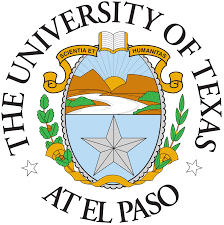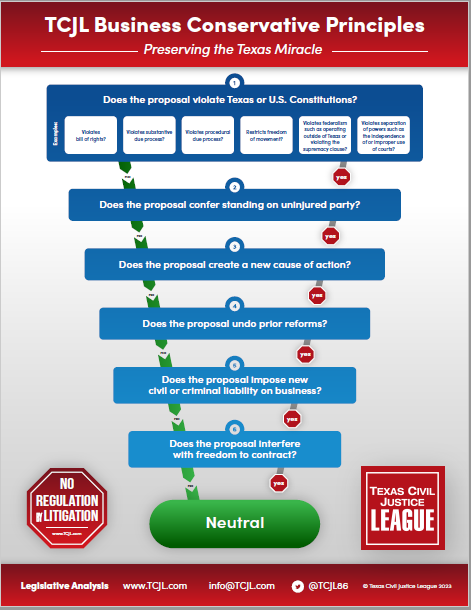 A student’s mother attended her son’s graduation on the campus of The University of Texas at El Paso. Following the ceremony, the family adjourned to a grassy area on campus to take photos. The mother stepped in grass-covered hole and fell. Her husband described the hole to a security guard this way: “It—it just looked like grass. It was like a hidden hole. It was bizarre.” The security guard put an orange cone over the hole to warn off other perambulators. Mother sued the university, alleging premises liability and waiver of immunity under the Texas Tort Claims Act. The university filed a plea to the jurisdiction. The trial court granted the plea. Plaintiff appealed.
A student’s mother attended her son’s graduation on the campus of The University of Texas at El Paso. Following the ceremony, the family adjourned to a grassy area on campus to take photos. The mother stepped in grass-covered hole and fell. Her husband described the hole to a security guard this way: “It—it just looked like grass. It was like a hidden hole. It was bizarre.” The security guard put an orange cone over the hole to warn off other perambulators. Mother sued the university, alleging premises liability and waiver of immunity under the Texas Tort Claims Act. The university filed a plea to the jurisdiction. The trial court granted the plea. Plaintiff appealed.
These are the facts of Robertina Ransom v. University of Texas at El Paso (No. 08-22-00063-CV). The El Paso Court of Appeals affirmed. Plaintiff argued that she was an invitee, and the university owed a duty “require[ing] an owner to use ordinary care to reduce or eliminate an unreasonable risk of harm created by a premises condition of which the owner is or reasonably should be aware” (citation omitted). Ransom argued further that the evidence raised a genuine issue of material fact as to whether the university had constructive knowledge of the hole (the evidence clearly showed that it had no actual knowledge). The court interpreted this case in terms of the landowner’s liability “for deterioration of its premises,” which does not attach “unless it knew of or by reasonable inspection would have discovered the deterioration” (citation omitted). To establish the knowledge requirement, “a plaintiff must establish that (1) a defendant caused the condition, (2) the defendant had actual knowledge of the condition, or (3) it is more likely than not that the condition existed long enough to give the defendant a reasonable opportunity to discover it” (citation omitted). How long a condition must exist to satisfy element (3) depends on the facts and may be shorter if the condition is conspicuous or longer if it is concealed. A court determining this question “may consider evidence of (1) the duration of the condition, (2) the employees’ proximity to and interaction with it, (3) the condition’s conspicuousness, and (4) any other relevant circumstances” (citation omitted).
Here the court found no evidence that the university knew about the condition. There were no records showing any digging in the area, and no one had ever reported the existence of the hole. Though the university mowed the grass every week, workers had not noticed it. The question thus because whether the condition existed long enough for the university to discovery it and fill it in. The only evidence on this question was a comment by the security guard, who said it “looked like a hole that had been there for a little bit.” The guard testified that she didn’t know how long it might have been there. Furthermore, the hole was not conspicuous, and when plaintiff returned to the area, she had a hard time finding it. Based on this evidence, the court concluded that there was no genuine issue of material fact that the university knew or should have known about the hole “because it existed long enough to give UTEP a reasonable opportunity to discover, rectify, or warn about it, or was conspicuous.” The court thus affirmed dismissal of the case.











